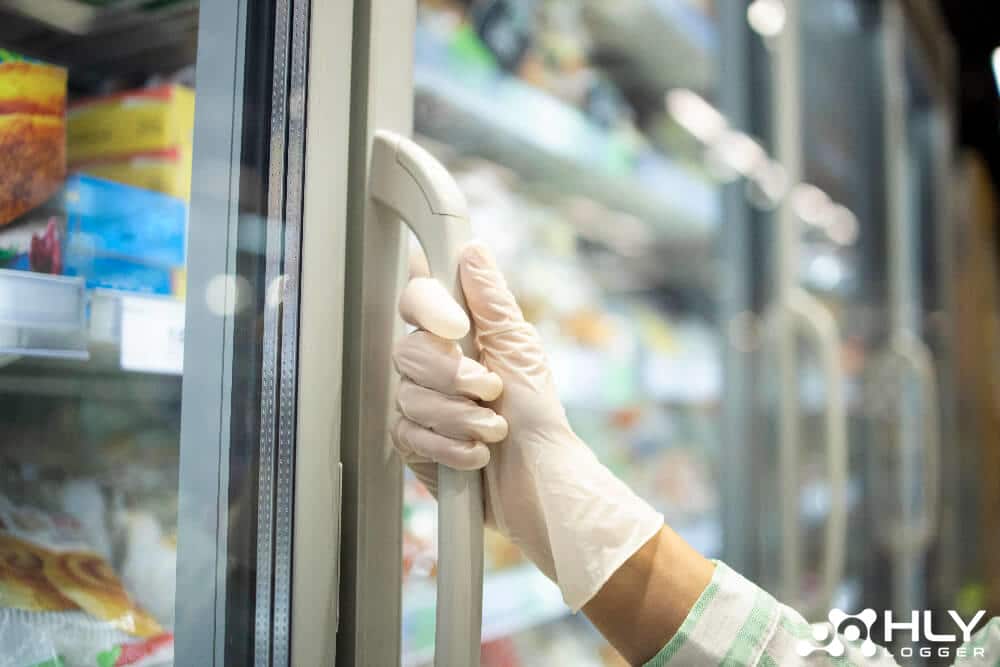Cold chain compliance is often regarded as merely a step to fulfill regulations. However, we deeply know that it is much more than that. In fact, it determines the efficacy, quality, and safety of temperature-sensitive goods such as biotechnology products, food, and healthcare-related items. Even in the absence of official regulations, prioritizing cold chain compliance is extremely important because it concerns the welfare of the population. These rules exist to protect various aspects of public health, and we should strive to comply diligently.
Contents
The Criticality of Cold Chain Compliance and How to Supervise Compliance
Regular clothing, curtains, furniture, household items, toys, and similar objects do not require temperature monitoring. However, temperature-sensitive products must be taken seriously in terms of temperature control. The following points explain why adhering to regulations is important.
Quality and Safety
Food must be clean and nutritious. “Clean” means free from dirt and bacteria that can harm consumers. Some types of food are vulnerable to temperature changes, and even slight fluctuations can invite harmful bacteria. The worst consequence is food poisoning, which can lead to severe illnesses and even death.
Additionally, the nutritional content must be maintained to ensure the food remains beneficial for the body. Adhering to cold chain regulations keeps the food safe and as nutritious as when it was first harvested or produced.
Efficacy
Regular medicines available in pharmacies or drug stores may only require aluminum foil packaging. However, vaccines and certain pharmaceuticals cannot tolerate even slight temperature changes.
A decrease in both quality and safety leads to reduced efficacy. Losing the potential effectiveness of a vaccine is a significant loss. Vaccine administration must follow a strict schedule, as the intervals between doses vary. Adhering to cold chain regulations ensures that safety, quality, and efficacy are maintained at optimal levels.
Prevents Products from Withdrawal and Other Problems
Sensitive products can only be distributed under strict regulations. The EMA (European Medicines Agency) and FDA (Food and Drug Administration) are the two primary agencies that oversee these products. They monitor the delivery process and storage conditions. Those who ignore the rules could face public health hazards, legal penalties, and product recalls.
Cold Chain Compliance and the Standards That Have to Be Fulfilled

To be recognized as a compliant institution, the following standards must be met.
Temperature
Temperature is fundamental in this sector. Every type of sensitive product has its own temperature range, categorized into three levels: ambient, refrigerated, and frozen. Monitoring must be maintained not only at specific stages but throughout all stages of production, delivery, and distribution.
Packaging or Product Wrapping
In addition to temperature, packaging is crucial to ensure the product is insulated and protected from external disturbances. Improper temperature control and bacterial contamination are two factors from which the product must be protected. Numerous issues can arise during storage and transit, which is why proper packaging combined with strict monitoring is necessary.
Tracking and Documenting
To prove compliance, agencies require accurate, complete, and detailed documentation. The supply chain journey should be recorded to monitor temperatures accurately. To fulfill this standard, stakeholders need to use smart sensors or data loggers.
Trained Workers
Working in this field requires individuals who understand how to handle sensitive products. This applies to all stages, from production to packaging and beyond. Workers must comprehend the specific temperature ranges required for various products, each with its particular temperature needs. To demonstrate that a company adheres to these standards, the company must provide relevant certifications.
Transportation
Vehicles used for delivering or transporting sensitive products differ from those used for non-sensitive items. To maintain a cold environment for the products, these vehicles should be equipped with controllable coolers. To ensure the company follows the rules, it is necessary to record the conditions of the vehicle before, during, and after transportation. Telemetry and GPS systems track the route and monitor conditions in real-time.
Simplifying Anything Related to the Cold Chain
This sector is known to be complex, requiring diligence in managing many small details. From production to storage, every step must be carefully managed to meet standards. People used to think that achieving the “perfect” level was exhausting and impossible. However, HLY Logger is committed to making everything in this sector easier.
Conclusion
We provide solutions and innovations to track, process, and report cold chain data. Our temperature data loggers can provide you with real-time shipment monitoring, accurate data, and the technology needed to ensure your products are maintained at the ideal temperature.
Our sophisticated technology will help you manage the cold chain effectively, allowing you to focus on decision-making. Using the right components and devices also demonstrates strong cold chain compliance.

